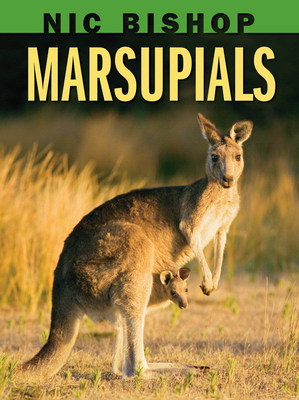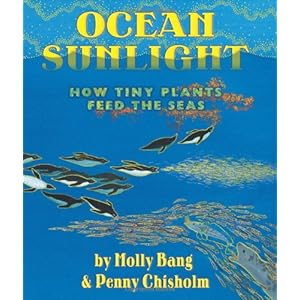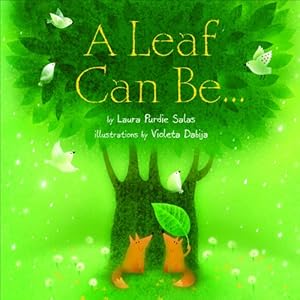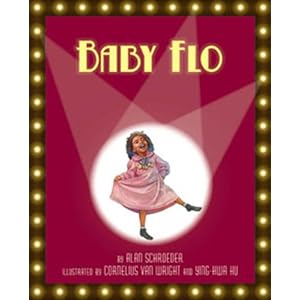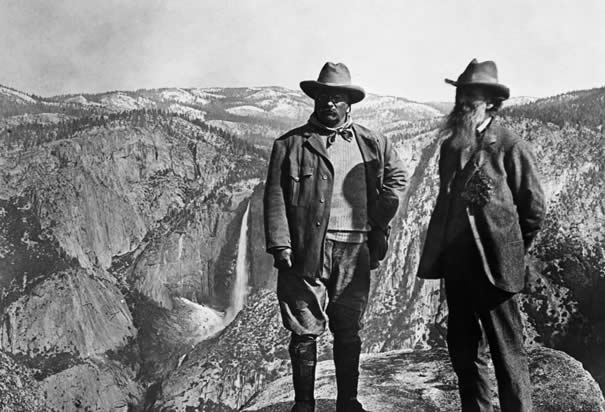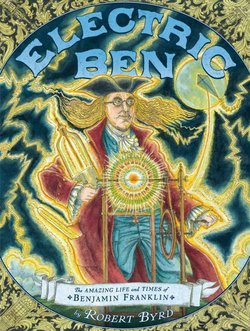Just a Second by Steve Jenkins
I found many of these time based factoids hard to believe. For example:
- A pygmy shrew's heart beats 14 times (in ONE second)
- A black mamba slithers 24 feet (in ONE second)
When I asked my husband his guesstimation, he just made me frustrated by ridiculously over estimating.
Now, onto the notably slow creatures covering what I thought to be a lot of ground in a short time.
Fabulous representation of time and distance. Now, onto the notably slow creatures covering what I thought to be a lot of ground in a short time.
- A three-toed sloth hauls itself about ten feet (in ONE minute)
- A giant tortoise lumbers about 15 feet (in ONE minute)
And, my favorite eco-aware items:
- Around the world, 59,000 barrels of oil are used (almost 15,000 of them in the United States) (in ONE minute)
- People use the equivalent of 200 billion sheets of letter size paper (in ONE day)
- Bamboo can grow 36 inches (in ONE day)
- Human development destroys an area of forest equal in size to 550,000 football fields (in ONE week)
- People around the world produce enough trash to fill a square pit more than one mile on a side and 1,200 feet deep (in ONE month)
- Global warming causes a sea level rise of about 1/8 of an inch (in ONE year)
Just a Second
ISBN: 978-0-618-70896-3
Published 2012 by Houghton Mifflin Books for Children
I borrowed this copy from the public library to read and review.












